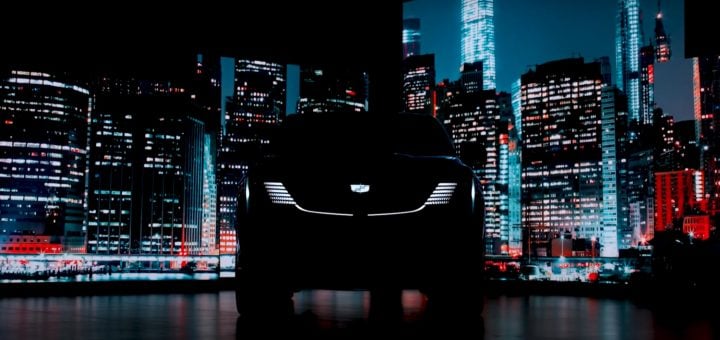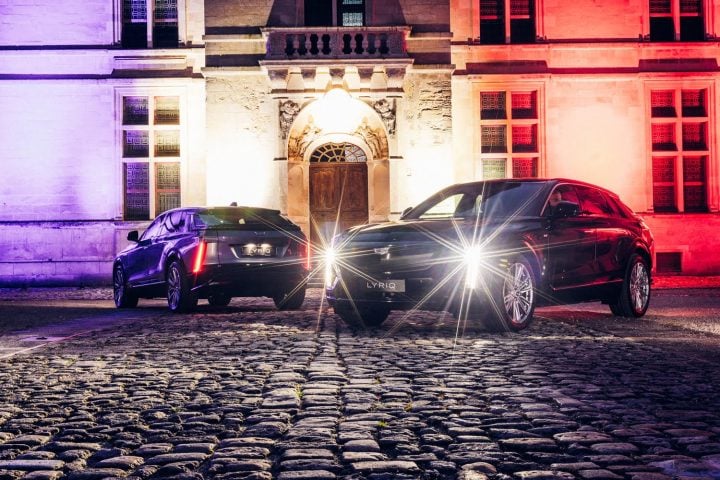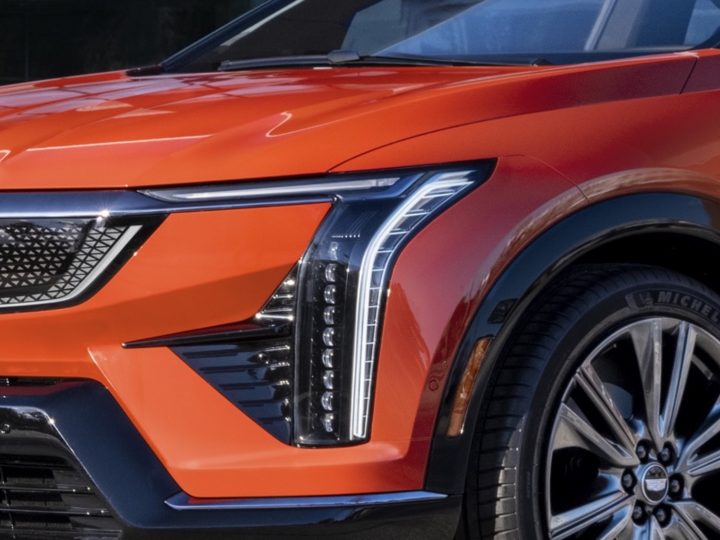
reintroduce plug-in hybrid electric vehicles (PHEVs) to the North American market. Previously, GM was expected to leapfrog hybrids entirely and transition straight from internal combustion engine (ICE) vehicles to EVs. That said, Cadillac will not participate in the upcoming PHEV resurgence. Instead, Cadillac is committed to offering a mix of internal combustion engine (ICE) vehicles and all-electric vehicles (EVs) until it transitions to a fully electrified portfolio.
Per a report from Newsweek, Cadillac has confirmed that it will continue to offer only ICE vehicles and EVs as it moves towards complete electrification. Per the report, internal company data indicates that 60 percent of luxury customers are considering a battery electric vehicle (BEV) for their next purchase. In light of this, the luxury marque is expanding its lineup with several all-electric models, including the Lyriq, Optiq, Vistiq, Celestiq, and Escalade IQ.
Cadillac communications senior manager Stephanie Obendorfer stated that while the luxury marque does not plan to offer hybrids in the immediate future, it is not entirely ruling out the possibility, either. This stance aligns with previous company statements regarding a mix of ICE and EV offerings through 2030. Global Vice President of Cadillac, John Roth, states that the luxury marque will provide customers with the “luxury of choice” when it comes to offering both ICE and EV options. Caddy was previously expected to go full EV by 2030.
Mary Barra, CEO of General Motors, previously announced that GM will introduce new PHEVs in North America by 2027, with several models expected under the Chevy, Buick, and GMC brands. PHEVs are seen as an interim solution toward full electrification, providing a stopgap while the U.S. EV charging infrastructure continues to develop, and to provide GM with some breathing room amid increasingly tighter emissions and fuel economy standards.


